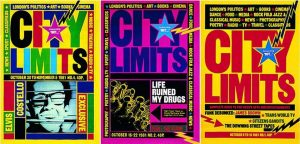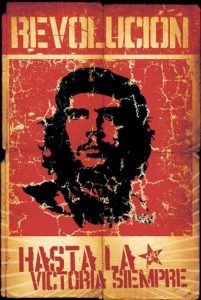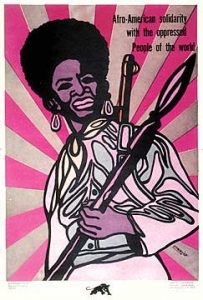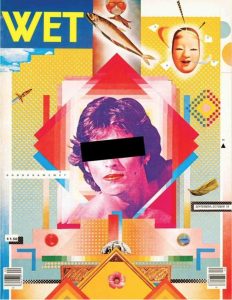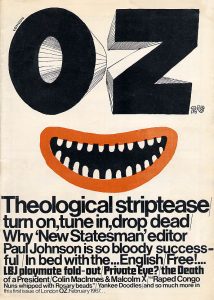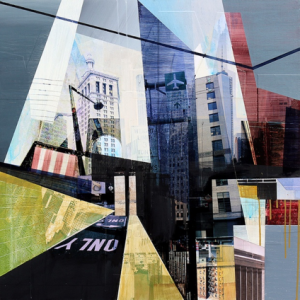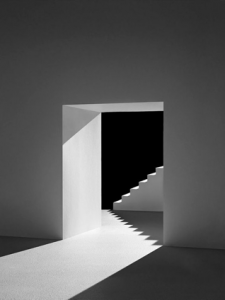In this module I have developed my research skills, extended my understanding of art history and pushed myself to analyse further details in my work.
Through out my research I have discovered how valuable researching art movements and not just individual artists is. This has allowed me to discover new artists with ease, reading about artists and then about artists involved in similar work at that time. Researching art movements has also allowed me to discover artists across a variety of mediums that all work to the same ideals and themes. This means that I have been broadening my field of research across different time periods, medium and values, giving me a wider variety of references to call upon in my practical work.
In my opinion, the authenticity task was one of favourite, because I found it highly interesting researching a variety of opinions towards the matter of artwork being truly authentic. This has allowed me to think about my own work and what and where I draw inspiration from, as well as looking at other practitioners work and how they have found their inspiration. Tasks where we had to analyse three images and relate them back to our own work I also found highly interesting as I thought it helped me make more connections between my work and other artists’, as well as improving my knowledge of other artists and how I evaluate their work. I also thoroughly enjoyed researching into how technology has impacted art, I liked forming an opinion towards the matter and voicing it in way that included research to help back up points made.
However, the Publish or perish! Task was one my least favourite. I have missed the lecture on that day due to my appointment. I have vised the blackboard to catch-up with work and to complete my task but I did not understand as much. I felt this was due to fewer detail about the artist in the PowerPoint. In this module I have developed my research skills, extended my understanding of art history and pushed myself to analyse further details in my work.
In conclusion, I have enjoyed the last ten weeks of research and coummunications, it has allowed me expended my knowledge and opened my mind to different artistic movements, I realized that artist work has a great impact on the society and in our day to day life. This blog has inspirited me to do further research on artiste work and always use referencing to show my researching skills, this has improved my analysing skills,

